The Lamb Lies Down on Broadway by Genesis
Buy The Lamb Lies Down on Broadway Perhaps the most “out there” album by Genesis as well as out Classic Rock Review Album of the Year, The Lamb Lies Down on Broadway, is […]

Buy The Lamb Lies Down on Broadway Perhaps the most “out there” album by Genesis as well as out Classic Rock Review Album of the Year, The Lamb Lies Down on Broadway, is […]
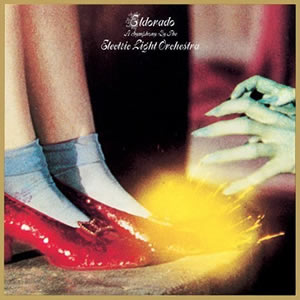
Buy Eldorado Electric Light Orchestra (ELO) made a huge leap forward with Eldorado, the first complete concept album by the group. Rich melodies with various rock and classical influences made this album highly […]
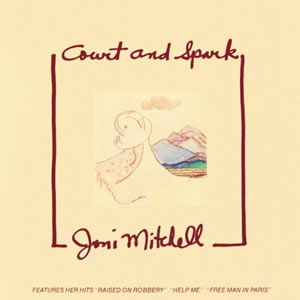
Buy Court and Spark Court and Spark is the sixth album by Joni Mitchell and the first where she moved towards pop and jazz elements to blend with her base folk compositions. The […]
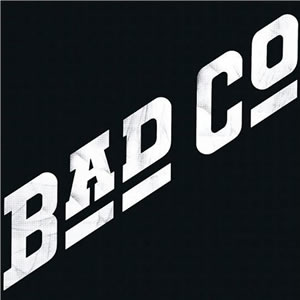
Buy Bad Company Originally considered a pet project of Led Zeppelin manager Peter Grant and his new label, Swan Song, it took no time for Bad Company to find their own niche in […]

This week Classic Rock Review joins the celebration of the 45th Anniversary of the historic 1969 Woodstock Music Festival. In conjunction with Top 9 Lists, we present a list of the Top 9 […]
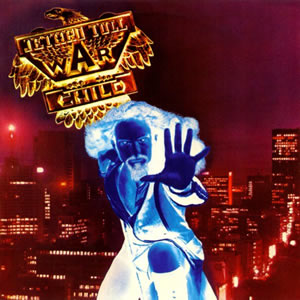
Buy War Child Jethro Tull made a sharp turn back towards a more traditionally structured album with War Child in 1974. Following two consecutive concept albums that each consisted of single, album-length suites, […]
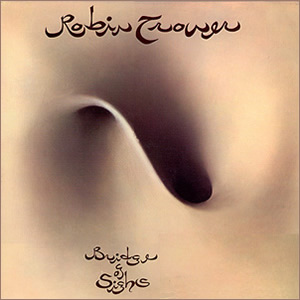
Buy Bridge of Sighs Full of subtle but solid and rewarding tracks which are well composed and sonically masterful, Bridge of Sighs is the album where Robin Trower may have advanced the rock […]

Buy Diamond Dogs Following the successful album and tours of the conceptual The Rise and Fall of Ziggy Stardust and the Spiders from Mars, David Bowie decided to try another rock-opera-style piece based […]
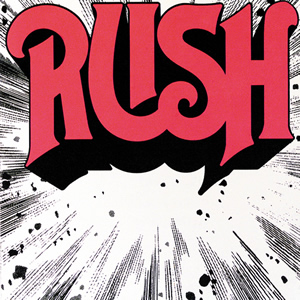
Buy Rush Rush burst onto the international scene in 1974 with an energetic and entertaining debut album. The only album to feature drummer John Rutsey, this self-titled album is also unique in the […]